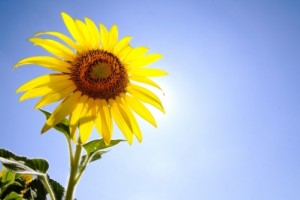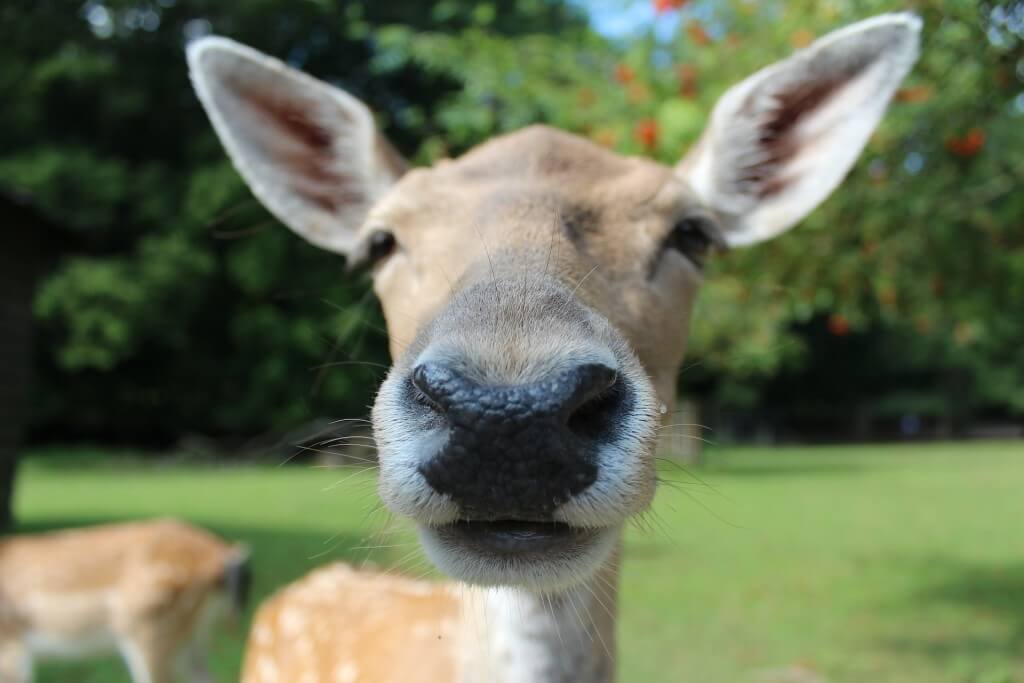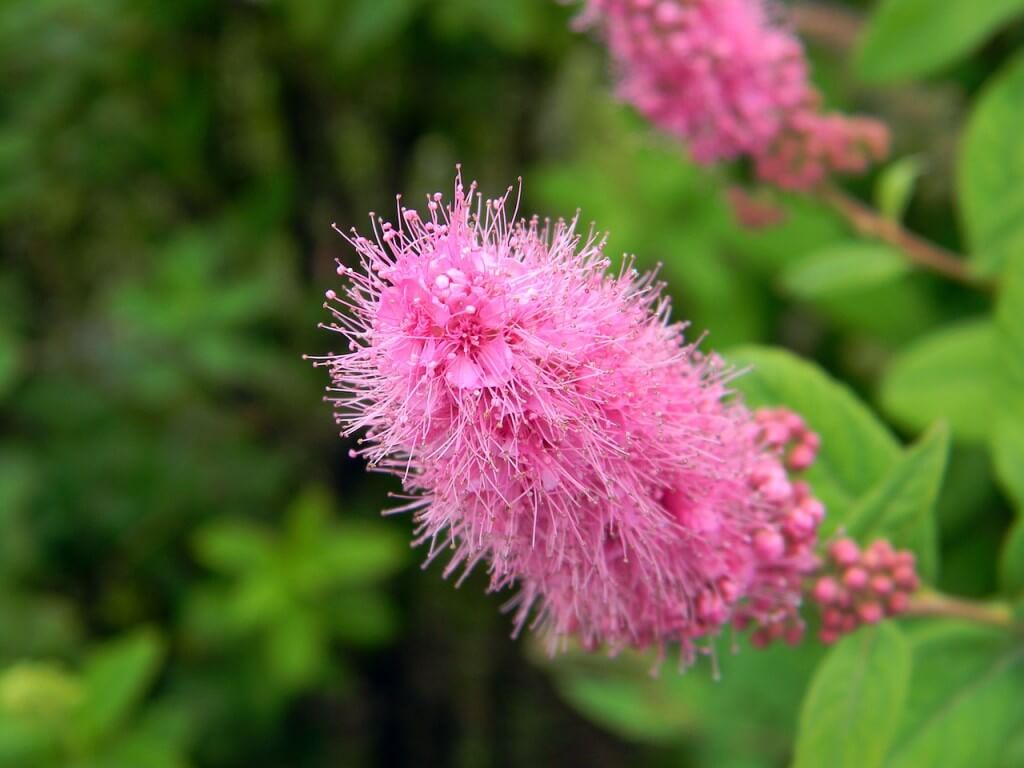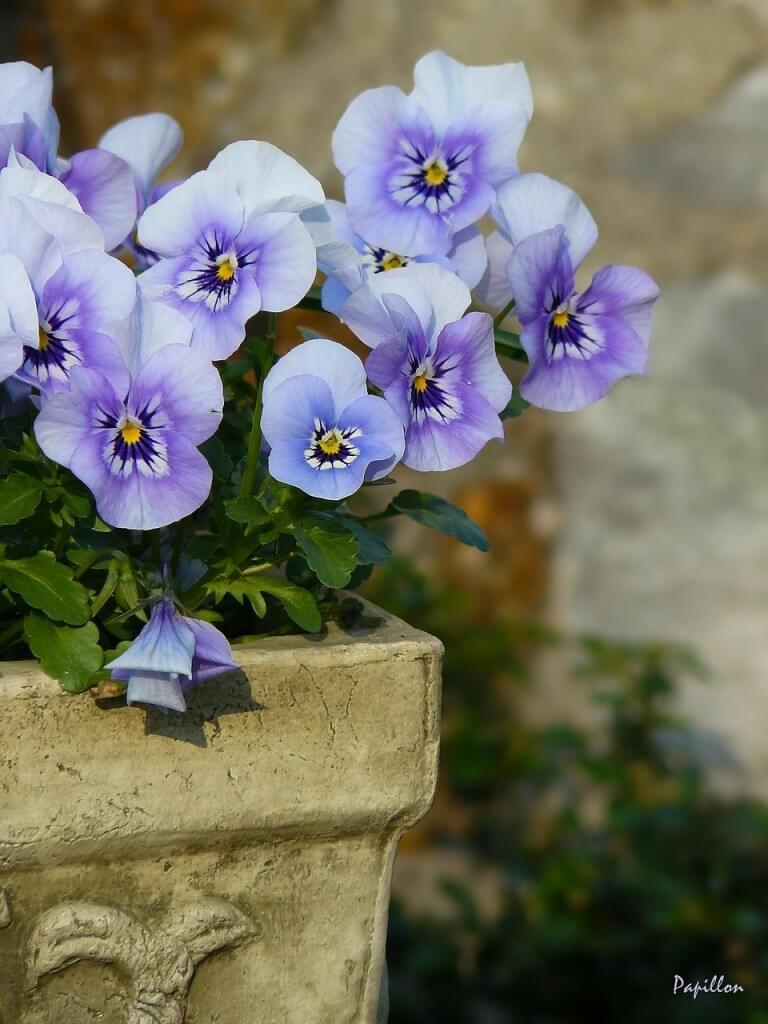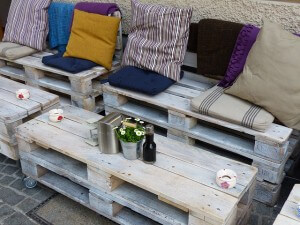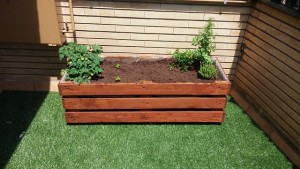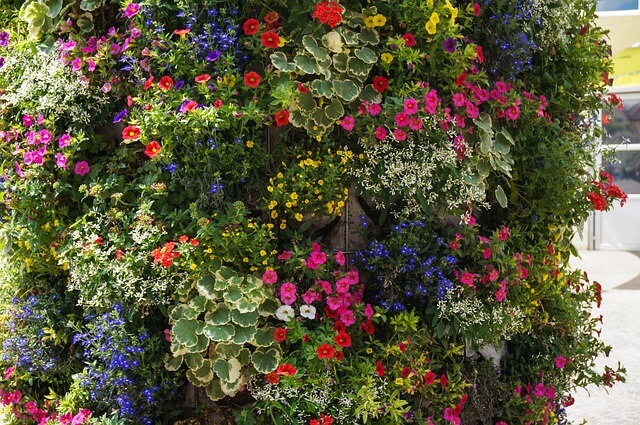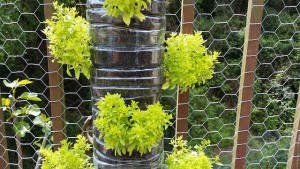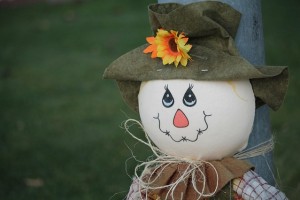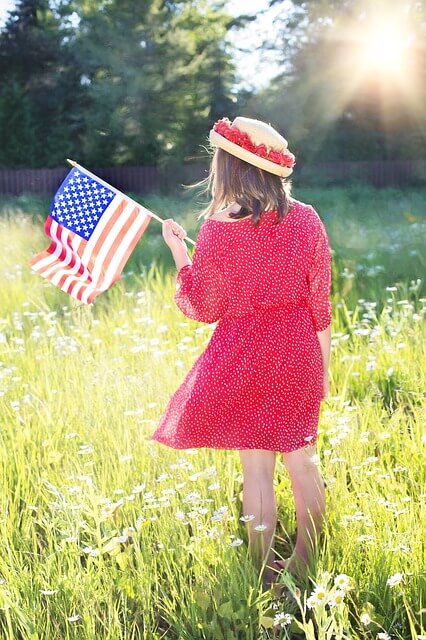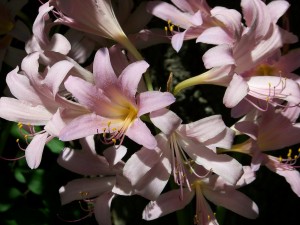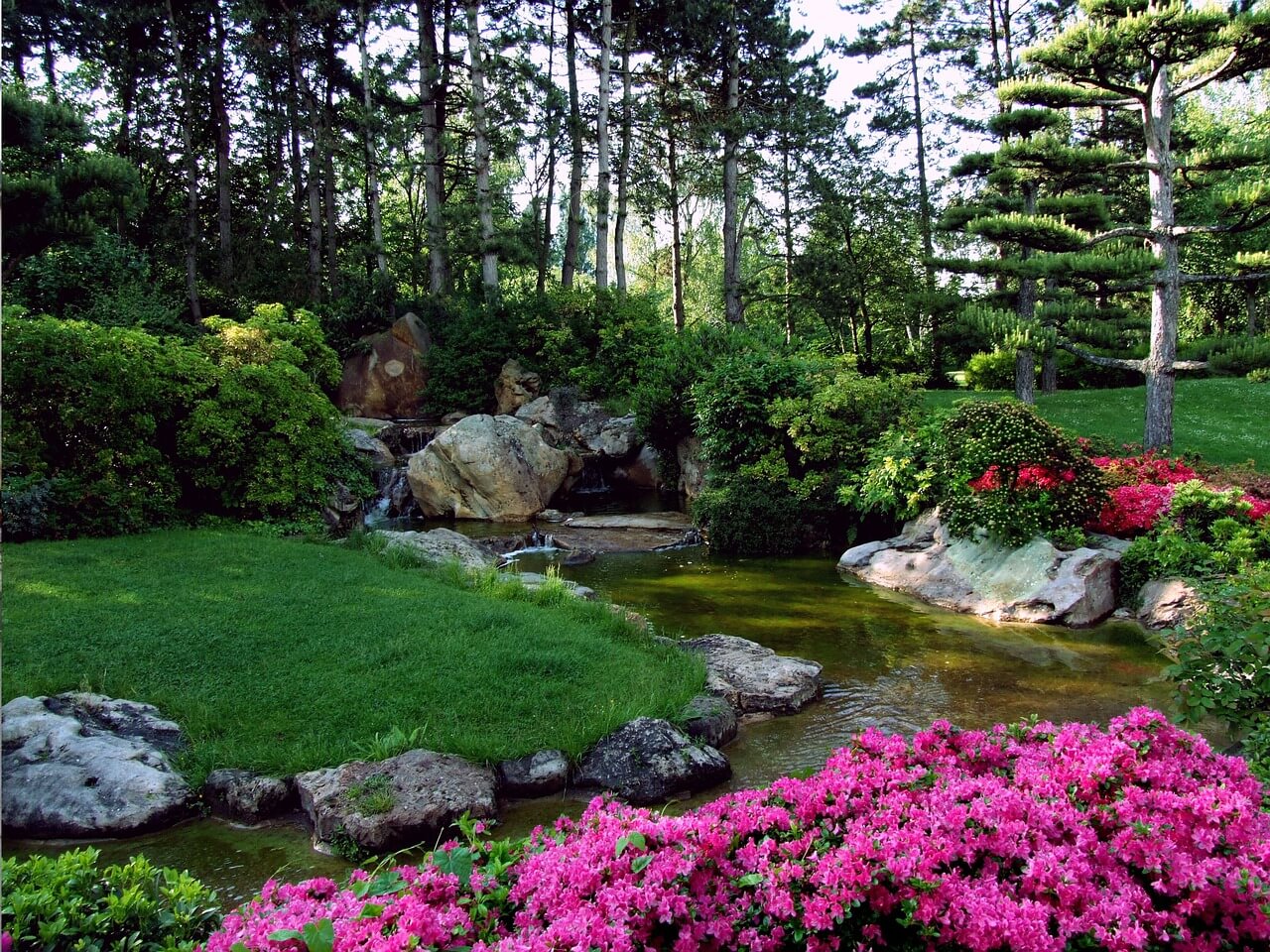Pollinators are an integral part of our ecosystem. They’re not just colorful birds flitting around our kitchen windows or butterflies dancing along the hedges. They’re the bees, bats, birds, and other creatures that are responsible for pollinating 75% of the plants we need for food, drinks, medicine, fabric, and spices. Unfortunately, pollinator populations are in decline. If you’re not ready to say goodbye to your morning coffee (coffee plants are pollinated by wild bees), it’s time to do your part in planting a pollinator garden.
Protecting Pollinators
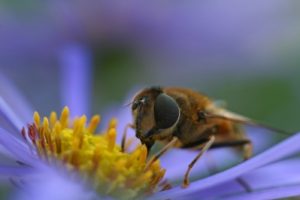 Pollinators are in decline. Habitat loss, pesticides, grazing practices, and introduced species have drastically affected the bee population in the last few decades. Since 2006, the US has lost 40% of its commercial honeybee population. The World Conservation Union predicts that the reduction in pollinator populations, along with a variety of other factors, may lead to the extinction of roughly 20,000 flowering plant species in the next few decades. So what can gardeners in Jasper do?
Pollinators are in decline. Habitat loss, pesticides, grazing practices, and introduced species have drastically affected the bee population in the last few decades. Since 2006, the US has lost 40% of its commercial honeybee population. The World Conservation Union predicts that the reduction in pollinator populations, along with a variety of other factors, may lead to the extinction of roughly 20,000 flowering plant species in the next few decades. So what can gardeners in Jasper do?
Planting for Pollinators
- Before planting your first flower, take a look at your gardening practices. Are they eco-friendly? Reducing or eliminating chemical pesticides can go a long way toward helping pollinator populations.
- Plant a variety of native plants that flower at various points in the year. This provides nectar throughout the entire growing season.
- Don’t plant solitary flowers, trees, and shrubs. Clump native plants together in an artful arrangement. Not only will it look better, it has a better chance of attracting pollinators to the garden.
- Avoid planting invasive species. If you’re new to the area, ask the folks at Whispering Springs Nursery which native plants will attract pollinators, and which invasive species will only cause more damage.
Time to get to work! Visit Whispering Springs Nursery for native plants, landscape design tips, and information on how to protect pollinators.



